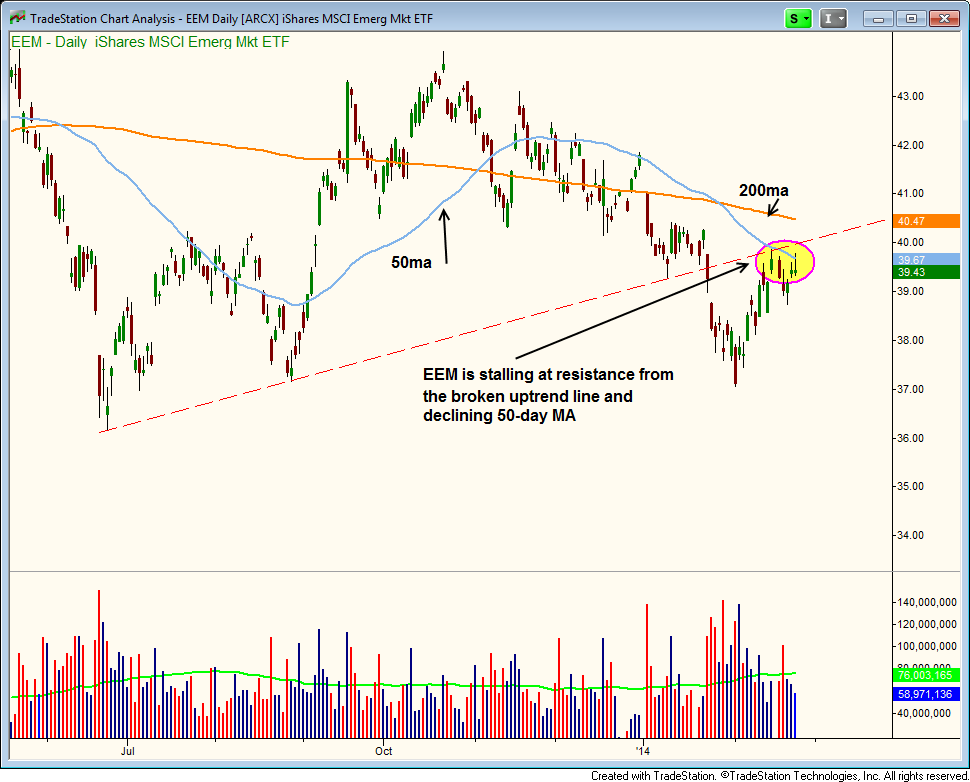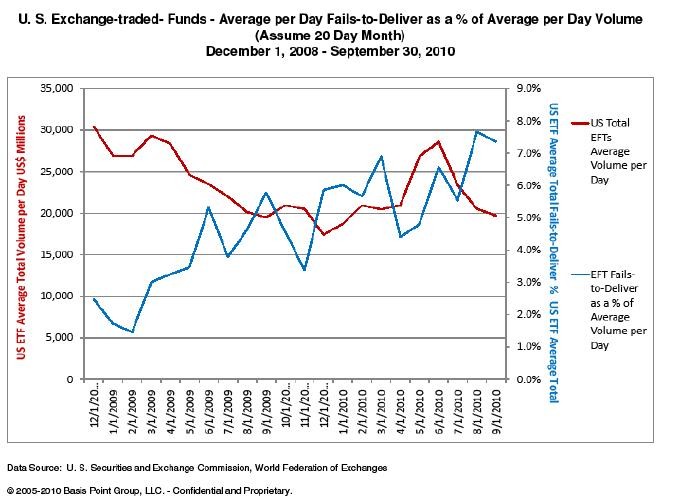Short the Euro with These ETFs
Post on: 14 Апрель, 2015 No Comment

Though the Euro zone is going through one of its toughest phases in history and has managed to avoid a recession in 2014 by a whisker, it seems that the worst might still be ahead for this region. In fact, the Euro zone is likely to see weaker growth this year as one of the most important forward indicators the Purchasing Managers Index (PMI) came in weaker than expected in December.
Markits final composite PMI for December came in less than expected at 51.4 indicating fourth-quarter GDP growth of just 0.1%, the worst quarter in over a year. While the zones biggest economy Germany managed to deliver modest growth during the fourth quarter, France and Italy are still going through a downturn.
Why is the Euro Slumping?
Falling crude prices over the past several months and global growth concerns have made matters worse as the fear of deflation is expected to put pressure on the European Central Bank (ECB) to launch a full-fledged quantitative easing at its next policy meeting on Jan 22. In August last year, the ECB had lowered interest rates to 0.05% and had begun an asset purchase program to pump cash into the economy.
In fact, the ECB President Mario Draghi suggested last week that the central bank was ready to take bolder monetary policy steps to boost the Euro zone economy and ward off deflation (read: Best ETF Strategies for 2015 ).
Moreover, fears are widespread that if Greeces left-wing, anti-austerity Syriza party comes to power after the elections on January 25, it might lead Greece to exit the Euro zone.
Expectations that the ECB might soon start printing money and the deepening concern regarding the political uncertainty surrounding Greece have led the euro to slide sharply to hit a fresh nine-year low against the U.S. dollar, after breaching the $1.20 threshold.
A recovering U.S. economy and divergent monetary policy in the U.S. and Europe have led the euro to plunge roughly 12% in 2014. At the same time, rising confidence in the U.S. economy has led the dollar to lately hit a fresh nine-year high (read: Buy Europe Without Euro Risk With This New ETF ).
Bets are rife that more monetary easing by the ECB and its diminishing status as a reserve currency might cause the euro to slide further.
The above factors led the CurrencyShares Euro Trust (FXE ) designed to track the performance of the euro against the dollar shed 1.78%in the past one week. FXE is down 12.45% in the past one year. We are maintaining our Strong Sell recommendation on this euro ETF. As a result, investors who are bearish on the euro right now and believe that the currency might slide further can consider a near-term short on the space.
Fortunately, there are several ETFs designed for this purpose. Below, we highlight a few of the options in the inverse ETF space. These ETFs profit when the euro declines and may be suitable for hedging purposes against the fall in the currency (read: Best and Worst Performing Currency ETFs of 2014 ).
ProShares Ultra Short Euro ETF (EUO )
This leveraged ETF was launched in November 2008 and looks to provide twice the inverse exposure to the performance of the euro versus the U.S. dollar on a daily basis.
The product has amassed over $525.2 million in AUM and trades with good average daily volumes of roughly 1.1 million shares. However, the ETF charges a hefty annual expense ratio of 95 basis points. The fund has added about 3.6% in the past one week and is up 27% in the past one year.
Market Vectors Double Short Euro ETN (DRR )
The product seeks to track the performance of the Double Short Euro Index. For every 1% weakening of the euro relative to the greenback, the Index normally gains 2%. The choice is an overlooked one with just $46.4 million in AUM. The product charges an expense ratio of 0.65% a year.

The fund has returned 29% in the past one year and is up 3.4% in the past one week (see all Currency ETFs here ).
Some Other Options
Though the above two inverse euro ETFs are good bets to play the sliding euro against the U.S. dollar, investors can also play the slumping euro through dollar bull funds.
PowerShares DB U.S. Dollar Bullish Fund (UUP ) is one such fund. The fund tracks the performance of the Deutsche Bank Long US Dollar Index (USDX) Futures Index to provide exposure to the performance of the US dollar against the following currencies: the euro, Japanese yen, British pound, Canadian dollar, Swedish krona and Swiss franc. The fund allocates the majority of its assets to the euro, providing a nice inverse exposure to the slumping currency. The fund has added 11.5% in the past one year.
Apart from this, investors can also consider WisdomTree Bloomberg U.S. Dollar Bullish Fund (USDU ), which manages an asset base of $349.2 million and charges 50 basis points as fees.
Want the latest recommendations from Zacks Investment Research? Today, you can download 7 Best Stocks for the Next 30 Days. Click to get this free report >>
Want the latest recommendations from Zacks Investment Research? Today, you can download 7 Best Stocks for the Next 30 Days. Click to get this free report
Sponsored
1 Stock Hedge Funds Are Buying Hand Over Fist














